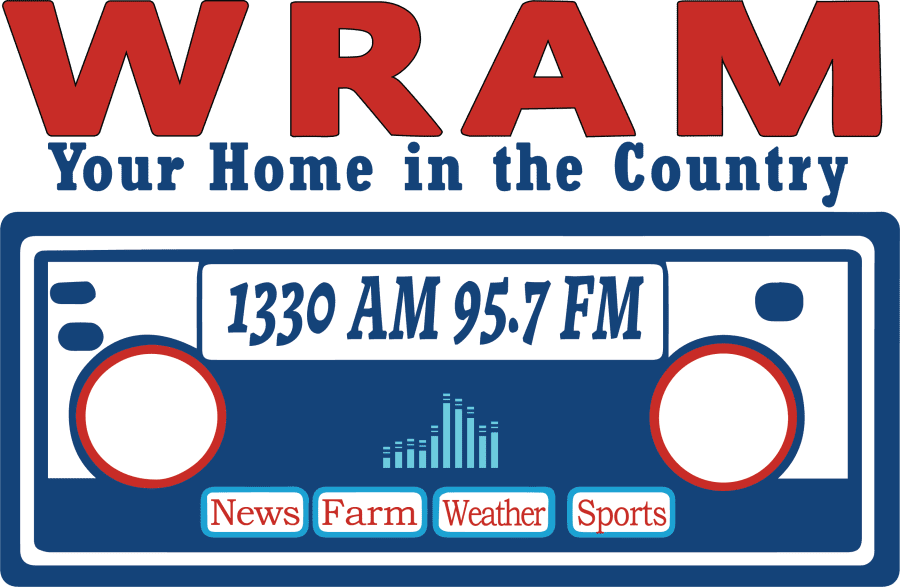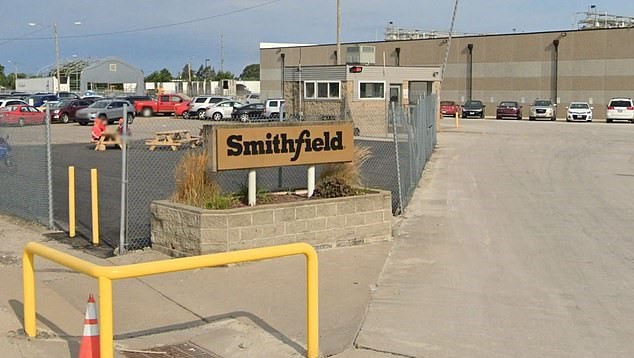The number of nonfarm jobs decreased over-the-year in June in all fourteen Illinois metropolitan areas, with six metro areas at record low payrolls, according to preliminary data released today by the U.S. Bureau of Labor Statistics (BLS) and the Illinois Department of Employment Security (IDES). Data also shows that the unemployment rate increased over-the-year in all metro areas to record highs for the month of June. The official, BLS-approved sub-state unemployment rate and nonfarm jobs series begins in 1990. Data reported prior to 1990 are not directly comparable due to updates in methodology.
“As part of our efforts to safely reopen our economy, Governor Pritzker recently released a mitigation plan to help the state prevent a COVID-19 resurgence and protect Illinois’ economic recovery,” said Deputy Governor Dan Hynes. “We remained focused on supporting working families and small businesses impacted by the COVID-19 pandemic.”
Data shows the number of nonfarm jobs decreased in all fourteen Illinois metropolitan areas. Total nonfarm jobs were down in Peoria (-13.2%, -22,800), Elgin (-12.6%, -33,400), Decatur (-11.4%, -5,800) and Rockford (-11.4%, -17,400). In Chicago-Naperville-Arlington Heights, jobs were down -9.5% (-366,300). Job losses occurred across all industries and there were no industry sectors that recorded job growth in a majority of metro areas.
Not seasonally adjusted data compares June 2020 with June 2019. The not seasonally adjusted Illinois rate was 14.6 percent in June 2020, a record high for the month of June, dating back to 1976. Nationally, the not seasonally adjusted unemployment rate was 11.2 percent in June 2020, also a record high, dating back to 1948. The unemployment rate identifies those individuals who are out of work and seeking employment.
Not Seasonally Adjusted Unemployment Rates
| Metropolitan Area | June 2020* | June 2019** | Over-the-Year Change |
| Bloomington | 10.6% | 3.8% | 6.8 |
| Carbondale-Marion | 12.3% | 4.1% | 8.2 |
| Champaign-Urbana | 10.2% | 3.9% | 6.3 |
| Chicago-Naperville-Arlington Heights | 16.4% | 4.1% | 12.3 |
| Danville | 12.3% | 4.8% | 7.5 |
| Davenport-Moline-Rock Island, IA-IL | 11.1% | 3.9% | 7.2 |
| Decatur | 14.4% | 5.2% | 9.2 |
| Elgin | 13.1% | 4.0% | 9.1 |
| Kankakee | 12.0% | 4.4% | 7.6 |
| Lake-Kenosha, IL-WI | 11.2% | 3.7% | 7.5 |
| Peoria | 13.5% | 4.3% | 9.2 |
| Rockford | 16.0% | 5.5% | 10.5 |
| Springfield | 11.8% | 3.8% | 8.0 |
| St. Louis (IL-Section) | 12.3% | 4.1% | 8.2 |
| Illinois Statewide | 14.6% | 4.1% | 10.5 |
| * Preliminary I ** Revised |
Total Nonfarm Jobs (Not Seasonally Adjusted) – June 2020
| Metropolitan Area | June | June | Over-the-Year |
| 2020* | 2019** | Change | |
| Bloomington MSA | 82,100 | 91,300 | -9,200 |
| Carbondale-Marion MSA | 52,500 | 56,300 | -3,800 |
| Champaign-Urbana MSA | 102,900 | 109,500 | -6,600 |
| Chicago-Naperville-Arlington Heights Metro Division | 3,475,200 | 3,841,500 | -366,300 |
| Danville MSA | 26,000 | 27,400 | -1,400 |
| Davenport-Moline-Rock Island MSA | 176,800 | 189,200 | -12,400 |
| Decatur MSA | 45,300 | 51,100 | -5,800 |
| Elgin Metro Division | 231,600 | 265,000 | -33,400 |
| Kankakee MSA | 44,300 | 46,700 | -2,400 |
| Lake-County-Kenosha County Metro Division | 384,600 | 432,000 | -47,400 |
| Peoria MSA | 150,000 | 172,800 | -22,800 |
| Rockford MSA | 134,900 | 152,300 | -17,400 |
| Springfield MSA | 101,500 | 111,600 | -10,100 |
| Illinois Section of St. Louis MSA | 225,400 | 240,500 | -15,100 |
| Illinois Statewide | 5,586,500 | 6,183,800 | -597,300 |
| *Preliminary | **Revised |
Not Seasonally Adjusted Unemployment Rates (percent) for Local Counties and Areas
| Labor Market Area | Jun 2020 | Jun 2019 | Over the Year Change | |
| Bloomington MSA | ||||
| De Witt County | 9.4 % | 3.9 % | 5.5 | |
| McLean County | 10.7 % | 3.8 % | 6.9 | |
| Peoria MSA | ||||
| Marshall County | 10.6 % | 4.2 % | 6.4 | |
| Peoria County | 15.5 % | 4.8 % | 10.7 | |
| Stark County | 9.8 % | 4.9 % | 4.9 | |
| Tazewell County | 12.4 % | 4.1 % | 8.3 | |
| Woodford County | 9.3 % | 3.3 % | 6.0 | |
| Ottawa-Streator Area | 12.6 % | 4.5 % | 8.1 | |
| Bureau County | 10.0 % | 3.9 % | 6.1 | |
| LaSalle County | 13.5 % | 4.7 % | 8.8 | |
| Putnam County | 10.9 % | 4.4 % | 6.5 | |
| Galesburg Area | ||||
| Knox County | 11.9 % | 4.5 % | 7.4 | |
| Cities | ||||
| Bloomington City | 11.7 % | 3.8 % | 7.9 | |
| Galesburg City | 13.3 % | 4.9 % | 8.4 | |
| Normal town | 10.3 % | 3.9 % | 6.4 | |
| Pekin City | 13.7 % | 5.0 % | 8.7 | |
| Peoria City | 16.5 % | 5.1 % | 11.4 | |
| Counties & Areas | ||||
| Fulton County | 12.0 % | 5.1 % | 6.9 | |
| Hancock County | 8.7 % | 4.4 % | 4.3 | |
| Henderson County | 10.2 % | 4.1 % | 6.1 | |
| Henry County | 10.6 % | 4.2 % | 6.4 | |
| Livingston County | 10.8 % | 3.9 % | 6.9 | |
| Logan County | 9.7 % | 4.4 % | 5.3 | |
| Mason County | 10.8 % | 5.1 % | 5.7 | |
| Warren County | 8.8 % | 4.0 % | 4.8 | |
| LWIA 14 | 9.7 % | 3.9 % | 5.8 |
Central Illinois Highlights
Bloomington MSA: The not seasonally adjusted unemployment rate increased to 10.6 percent in June 2020 from 3.8 percent in June 2019.
Over the year, nonfarm payroll employment decreased by -9,200 compared to one year ago. The largest declines were reported in Leisure-Hospitality (-4,000), Government (-1,500), and Professional-Business Services (-1,300). Financial Activities (+200) had payroll gains over the year.
Peoria MSA: The not seasonally adjusted unemployment rate increased to 13.5 percent in June 2020 from 4.3 percent in June 2019.
Over the year, nonfarm payroll employment decreased by -22,800 compared to one year ago. The largest declines were reported in Leisure & Hospitality (-10,100), Government (-2,700), and Professional & Business Services (-2,600).
Ottawa-Streator Area: The not seasonally adjusted unemployment rate increased to 12.6 percent in June 2020 from 4.5 percent in June 2019. Over the year, nonfarm payrolls decreased by -4,025 compared to a year ago. Leisure-Hospitality (-1,475), Manufacturing (-1,050), and Educational-Health Services (-625) posted the largest declines. Professional-Business Services (+100) had payroll gains.
Galesburg Area–Knox County: The not seasonally adjusted unemployment rate increased to 11.9 percent in June 2020 from 4.5 percent in June 2019. Nonfarm payroll employment decreased by -1,275. The largest declines were reported in Leisure-Hospitality (-400), Trade, Transportation, & Utilities (-300), and Manufacturing (-225) sectors from a year ago.
Pontiac Area-Livingston County: The not seasonally adjusted unemployment rate increased to 10.8 percent in June 2020 from 3.9 percent in June 2019.
Nonfarm payroll employment decreased by -775. Manufacturing (-175), Information (-175), Leisure-Hospitality (-175), Trade, Transportation, & Utilities (-150), and Educational-Health Services (-125) posted the largest declines from a year ago. Professional-Business Services (+50) and Financial Activities (+25) had payroll gains.
Note: Monthly 2019 unemployment rates and total nonfarm jobs for Illinois metro areas were revised in February and March 2020, as required by the U.S. BLS. Comments and tables distributed for prior metro area news releases should be discarded as any records or historical analysis previously cited may no longer be valid. The official monthly unemployment rate series for metro areas, counties and most cities begins in 1990. The official monthly nonfarm jobs series for metro areas begins in 1990 and for non-metropolitan counties it begins in 1999.
***Report Courtesy of the Illinois Department of Employment Security***















